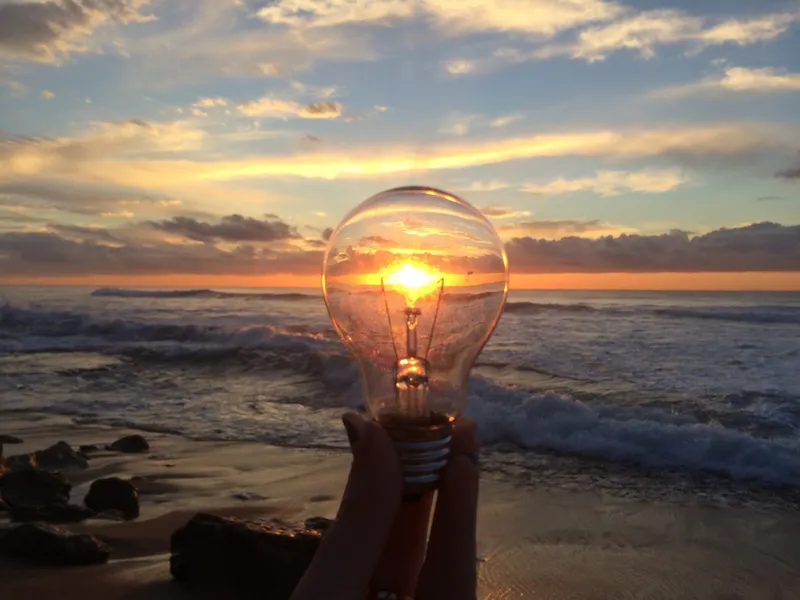Tidal energy on the rise!
13/01/2020

Hydroelectric energy is derived from falling or flowing water. This technology has grown from the humble beginnings of open water wheels in ancient times to the sophisticated enclosed turbines of the modern age.
While most hydropower is derived from dams, it can also be derived from the ebb and flow of the tides. There are currently three ways to harness tidal energy: tidal streams, barrages, and tidal lagoons.
Tidal streams: Turbines can be placed in tidal streams, fast flowing bodies of water created by tides. While turbines can disrupt the flow of the stream, they are also very efficient, as tidal energy is more powerful than wind energy
Barrages: A barrage is effectively a tidal dam and can be used in bays and estuaries. The barrage gates open as the water rises and close when the water falls, with water being released through the barrage’s turbines like in a traditional dam.
Tidal lagoon: A tidal lagoon combines elements of tidal streams and barrages. Like a barrage, water flows through a constructed barrier fitted with turbines. Like tidal streams, energy can also be collected by the tide rising, not only falling like in barrages. Tidal lagoons do not require conditions as specific as barrages and tidal streams, as they can be constructed on coastlines. This makes them less impactful on the environment, but also less efficient at generating energy.
As a renewable source of energy, tidal energy has a number of advantages. Firstly, it is predictable, efficient energy. For solar energy, you need a sunny day. For wind energy, you need a windy day. Compared to these sources of renewable energy, tidal power is highly predictable, with tides coming and going in a regular, continuous fashion. Not only that, tidal turbines have 80% efficiency, which is much higher than solar or wind efficiency.
Tidal energy is also particularly green with regards to emissions (zero!) and it is compact. Renewable energy like solar and wind require large tracts of land. This puts island nations at a disadvantage. However, tidal energy affords anyone with a coast line access to an efficient renewable energy source. Because less infrastructure is required for the amount of energy generated, it takes up less space. The space it does take up often serves a double purpose, like an erosion barrier to the shore.
In spite of these advantages, tidal energy is still in its infancy. The first commercial-sized tidal power plants was built in the 1960s La Rance, France. Since then, only a handful of plants have been built, the largest of which is the Sihwa Lake Tidal Power Station in South Korea. The United States has no tidal plants, as practitioners suspect that there are few sites that would be suitable and cost effective. Other countries, like China, Canada, and Russia, have many more options for generating tidal energy.
While tidal energy is lauded as having the potential of being a promising source of renewable energy, it still isn’t being taken up as a first choice for development. Reasons for its lack of use are related to site availability, implementation cost and the need of more research on the environmental effects. While some research has been done, still more is needed on the impacts on local and migrating populations of sea life.
Even so, the industry is slowly growing. In December 2019, Nova Innovation, a Scottish tidal energy business, was issued with a permit to develop a project in Canada. A total of 15 tidal stream turbines will be deployed over a four-year period, which should generate enough electricity to power 600 homes.
As research continues and as technology improves, we are bound to see more tidal energy projects in the future.







